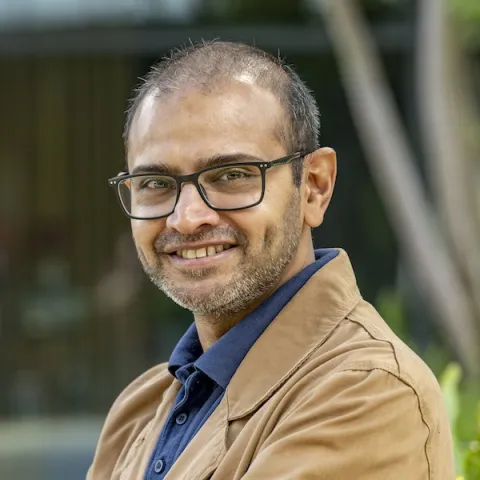About the project
This project combines cutting-edge data assimilation with experimental and computational fluid dynamics to uncover hidden flow properties in porous materials. By tuning RANS model parameters to experimental data, we infer permeability from geometry-based porosity alone—advancing our ability to predict, model, and understand complex flows through porous structures.
Predicting how air flows through and around porous structures is crucial in aerospace, environmental flow, and wind engineering—from turbulence over lightweight composite materials and urban canopies to flow through wind-permeable structures such as fences, vegetation, or heat exchangers. While porosity can be directly derived from geometry, the permeability that governs mean flow resistance remains challenging to determine experimentally or numerically.
This PhD project addresses this challenge by combining experimental flow measurements with Reynolds-Averaged Navier–Stokes (RANS) simulations through advanced data assimilation techniques. By tuning turbulence and permeability parameters to match measured mean flow fields, the research will infer the effective permeability of porous objects using only their geometric porosity as prior information.
This integrated approach will enhance predictive models for flow through porous materials and enable improved design and analysis of engineered and natural porous systems.
Expected outcomes include:
- a validated data assimilation framework for mean flow reconstruction in porous flows.
- improved RANS-based modelling of flow–porous structure interactions using symbolic regression.
- insights into permeability–porosity relationships relevant to aerospace and environmental applications.
The project provides access to cutting-edge wind tunnel and experimental facilities and high-performance computing resources.
Training will include CFD, data assimilation, uncertainty quantification, and flow diagnostics.
More information about ongoing projects in the research group can be found on Dr. Symon’s website and Professor Ganapathisubramani’s website.
The School of Engineering is committed to promoting equality, diversity inclusivity as demonstrated by our Athena SWAN award. We welcome all applicants regardless of their gender, ethnicity, disability, sexual orientation or age, and will give full consideration to applicants seeking flexible working patterns and those who have taken a career break. The University has a generous maternity policy, onsite childcare facilities, and offers a range of benefits to help ensure employees’ well-being and work-life balance. The University of Southampton is committed to sustainability and has been awarded the Platinum EcoAward.

